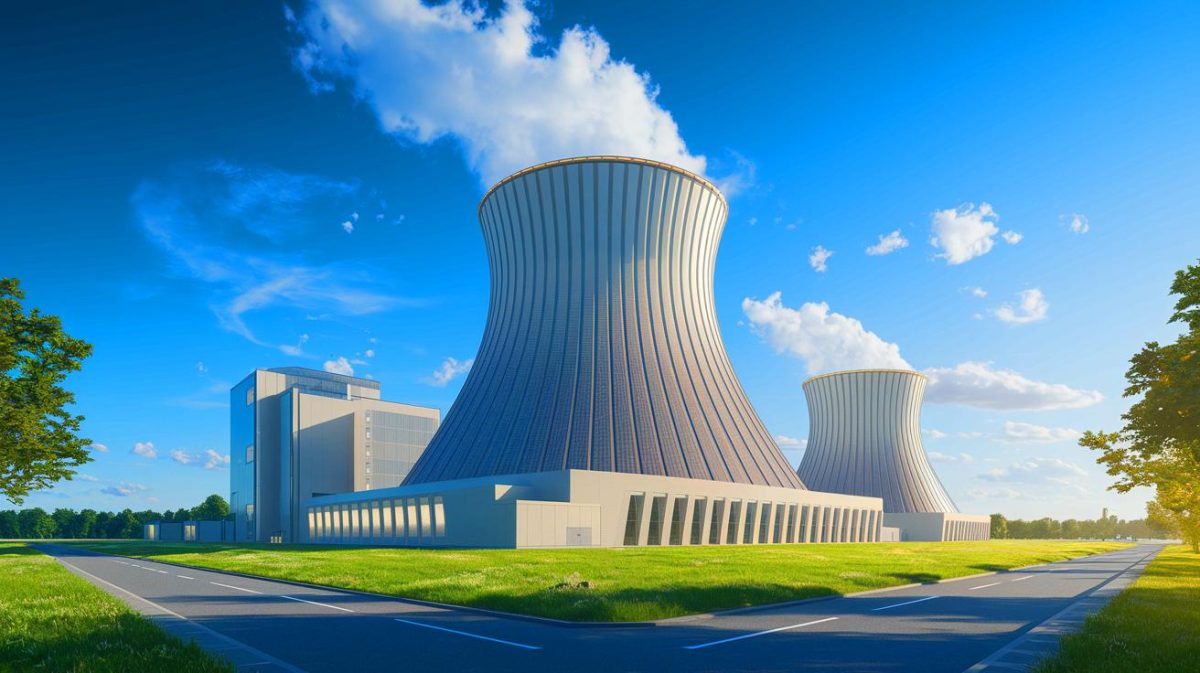| IN A NUTSHELL |
|
The race for clean energy is reaching new heights as Proxima Fusion unveils its commercial-scale stellarator design, marking a significant milestone in the journey towards harnessing nuclear fusion. This breakthrough not only promises a sustainable future but also sets a new standard in the fusion community. With the potential to provide emission-free energy and lessen our reliance on fossil fuels, nuclear fusion has long been a coveted goal for scientists worldwide. Proxima’s open-source reactor design, now accessible to researchers globally, could accelerate the development and deployment of fusion technology, reshaping our energy landscape for the better.
Understanding the Differences: Tokamaks vs Stellarators
In the realm of nuclear fusion, tokamaks and stellarators represent two pioneering technologies, both utilizing powerful electromagnets to confine fusion plasma within donut-shaped vessels. The key distinction lies in their operational methodologies. Tokamaks rely on a combination of electromagnets and current-induced plasma, whereas stellarators employ magnets exclusively, necessitating a more complex vessel and magnet design. This complexity, however, offers significant advantages.
Stellarators enable continuous operation for extended durations, mitigating material fatigue and simplifying operations compared to their tokamak counterparts. A decade ago, MIT demonstrated the feasibility of constructing a commercial-scale fusion reactor using the tokamak design, inspiring numerous startups to pursue this approach. Now, with Proxima’s open-source stellarator design, another pivotal moment emerges in the fusion energy landscape, promising further advancements in the field.
The Promise of Open-Sourced Stellarator Design
Proxima Fusion, a venture with roots in the Max Planck Institute of Plasma Physics, has taken a bold step by open-sourcing its Stellaris design. Financially supported by the European Union and the German government, Proxima achieved its goal of designing a commercial-scale stellarator in just one year. The Stellaris concept leverages advanced high-temperature superconducting (HTS) technology to generate stronger magnetic fields, enabling the construction of smaller reactors without sacrificing energy output.
This approach ensures that reactors can be built using materials currently available in the supply chain, eliminating the need to wait for new technologies to become economically feasible. The Stellaris design has undergone rigorous peer review and extensive simulations, demonstrating its ability to overcome both physics and engineering challenges. Proxima is now poised to construct a demonstrator plant, Alpha, as soon as 2031, with the potential to power grids by the next decade.
Financial and Scientific Backing of Proxima Fusion
Proxima Fusion’s ambitious project has garnered substantial financial support from both governmental and private sectors. The European Union, alongside the German government, has played a pivotal role in backing the initiative, recognizing the transformative potential of nuclear fusion. Furthermore, venture capital investments have provided the necessary resources to expedite the development and deployment of Proxima’s stellarator design.
This financial backing underscores the global interest in achieving clean, sustainable energy solutions. The scientific community has also embraced Proxima’s open-source approach, with the company’s findings published in prestigious journals like Fusion Engineering and Design. By sharing its innovative design with the world, Proxima aims to foster collaboration and accelerate progress within the fusion community, ultimately bringing us closer to realizing the dream of fusion energy.
The Future of Fusion Energy: Challenges and Opportunities
While the promise of fusion energy is immense, several challenges remain on the horizon. The successful commercialization of fusion technology hinges on overcoming engineering constraints and ensuring economic viability. Experts must also navigate regulatory frameworks and public perception to facilitate widespread adoption. Nonetheless, the opportunities presented by fusion energy are vast.
With the ability to provide a virtually limitless source of clean energy, fusion holds the potential to revolutionize our energy systems, reduce carbon emissions, and combat climate change. Proxima Fusion’s open-source approach paves the way for collaborative innovation, encouraging researchers worldwide to contribute to the advancement of fusion technology. As we stand on the cusp of a new energy era, what steps will the global community take to ensure the successful integration of fusion power into our energy landscape?
Did you like it? 4.3/5 (21)






This sounds promising! But how will they ensure the safety of these nuclear reactors? 🤔
Finally, some real progress in clean energy! Thank you, Germany! 🇩🇪
Is anyone else concerned about the cost of this new technology?
Does this mean we can finally say goodbye to fossil fuels?
How does the open-source design work? Is it really accessible for everyone?
So, is this going to be like a science fiction movie coming to life? 🚀
Can we visit one of these reactors to see the magic happen? Asking for a friend! 😃
Why is this not happening sooner than 2031? We need this now!
Great step forward, but will this affect energy prices for consumers?
Germany leads the way again! Wunderbar! 🇩🇪